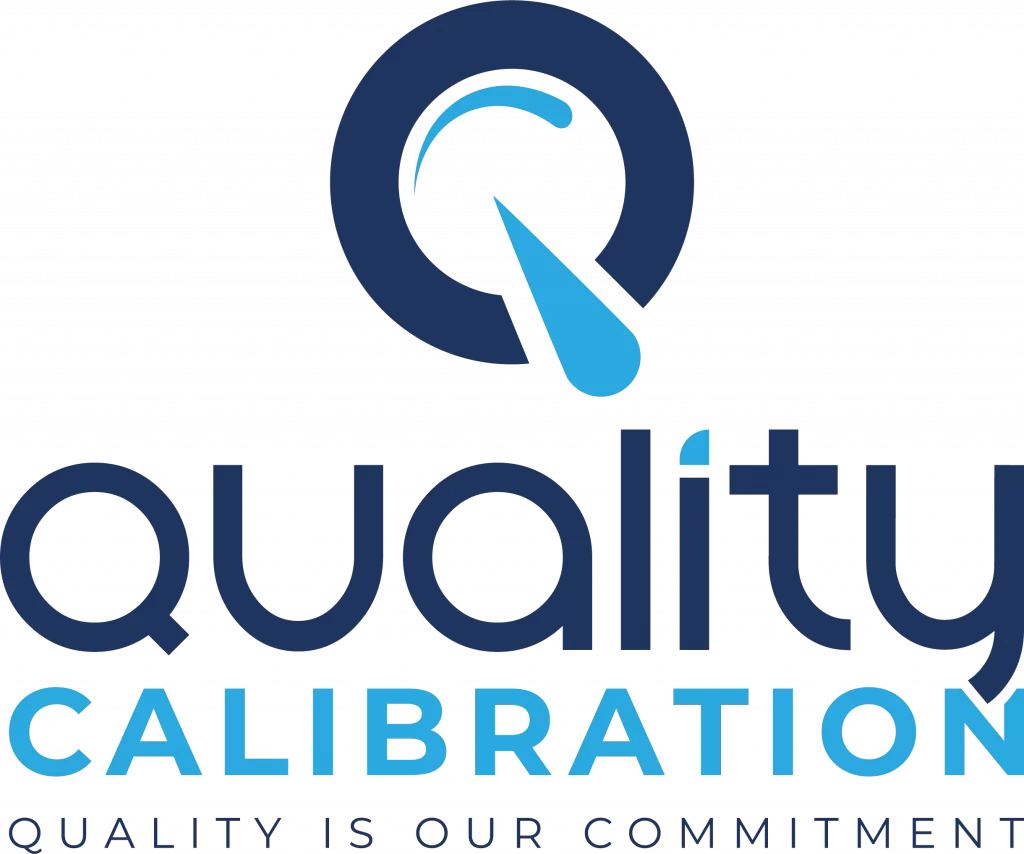Gas detector calibration is a critical process that ensures the accuracy and reliability of gas detection systems. These devices play a vital role in safeguarding lives and property by detecting the presence of hazardous gases in various environments. This article explores the significance of gas detector calibration, its benefits, and the factors affecting calibration accuracy.
Benefits of Gas Detector Calibration
Gas detector calibration is a critical aspect of maintaining the accuracy and reliability of gas detection systems. Regular calibration ensures that gas detectors function optimally, providing early warning signals for potentially harmful gas concentrations in the environment. Let’s delve deeper into the various benefits that gas detector calibration offers:
Ensuring Accurate Gas Concentration Measurements
Accurate gas concentration measurements are crucial in environments where the presence of hazardous gases poses potential risks to human health and safety. Calibration plays a vital role in achieving precise readings, which leads to several important advantages:
Avoiding False Alarms and Unnecessary Evacuations:
Without proper calibration, gas detectors may trigger false alarms, causing disruptions, and unnecessary evacuations. False alarms can lead to decreased confidence in gas detection systems, resulting in complacency among personnel when genuine gas hazards arise. Regular calibration mitigates false alarms, ensuring that alarms are triggered only when real threats are present, maintaining the credibility of the detection system.
Preventing Missed Detection of Dangerous Gas Levels:
On the flip side, improperly calibrated gas detectors may fail to detect low levels of hazardous gases, leading to serious health risks and potential accidents. In hazardous environments, even minor gas leaks can escalate rapidly into life-threatening situations. Calibration ensures that gas detectors are sensitive enough to detect even minute concentrations of gases, preventing potentially catastrophic incidents.
Enhancing Workplace Safety
Workplace safety is of paramount importance, especially in industries dealing with hazardous substances or confined spaces. Gas detector calibration contributes significantly to creating a safe work environment:
Protecting Workers from Potential Hazards:
Calibrated gas detectors serve as an essential safety tool for employees working in industries like mining, oil and gas, chemical processing, and manufacturing. By providing early warnings of hazardous gas leaks, workers can evacuate or implement safety measures promptly, reducing the risk of exposure to dangerous gases.
Minimizing the Risk of Accidents and Injuries:
Accurate gas detection and calibration contribute to accident prevention. Whether it’s the early detection of combustible gases in a welding environment or toxic gases in a confined space, calibrated gas detectors offer valuable protection against accidents and injuries, saving lives and minimizing property damage.
Complying with Safety Regulations and Standards
Various safety regulations and industry standards mandate the regular calibration of gas detectors to ensure adherence to safety protocols:
Legal Requirements for Gas Detector Calibration:
Regulatory bodies often specify the calibration frequency and guidelines for gas detection systems in workplaces. Failure to comply with these regulations can lead to legal consequences, including fines and penalties. Calibration demonstrates an organization’s commitment to safety and its dedication to meeting legal obligations.
Meeting Industry-Specific Standards and Guidelines:
Industries with unique gas exposure risks, such as laboratories, chemical plants, and oil refineries, have specific calibration requirements to comply with safety standards and best practices. Adhering to these industry-specific guidelines ensures optimal performance of gas detection systems in their particular environments.
Read more about XNX Gas Detector Calibration.
Factors Affecting Gas Detector Calibration
Environmental Factors
- Temperature and Humidity Impact on Sensor Performance: Extreme temperature and humidity variations can affect sensor accuracy, highlighting the importance of frequent calibration in diverse settings.
- Interference from Other Gases or Substances: Presence of cross-sensitive gases can interfere with gas detection accuracy, making calibration crucial for compensating for such influences.
Sensor Degradation Over Time
- Aging Effects on Gas Detection Accuracy: As gas sensors age, their response may drift, necessitating regular calibration to maintain accuracy.
- Corrosion and Wear on Sensor Components: Harsh environmental conditions can lead to sensor degradation, underscoring the need for periodic calibration and maintenance.
Calibration Methods and Frequency
Manual Calibration vs. Automatic Calibration Understanding the differences and advantages of both calibration methods to choose the most suitable approach for specific applications.
Factors Determining Calibration Frequency
- Manufacturer’s Recommendations: Adhering to the manufacturer’s guidelines for calibration frequency ensures optimal performance of gas detectors.
- Usage Conditions and Environment: High-risk environments or continuous operation may require more frequent calibration to ensure constant accuracy.
Best Practices for Effective Calibration Implementing best practices, including proper handling of calibration gases and following standardized procedures, ensures reliable calibration results.
Importance of Professional Calibration
Expertise of Trained Technicians Calibration performed by skilled professionals ensures precision and adherence to recommended procedures.
Specialized Calibration Equipment and Procedures Specialized tools and equipment are used during professional calibration, contributing to more accurate results.
Ensuring Compliance with Industry Standards Professional calibration helps meet industry-specific standards and regulatory requirements, preventing legal complications and penalties.
When you are looking for a calibration laboratory in bangladesh, Quality Calibration Solution is the name you should remember. Contact now.
Troubleshooting and Maintenance
Identifying Calibration-Related Issues Understanding common problems related to calibration, such as sensor drift, can aid in addressing them promptly.
Common Problems and Solutions
- Sensor Drift and Drift Compensation: Exploring techniques like drift compensation to maintain calibration accuracy over extended periods.
- Calibration Failure and Troubleshooting Steps: Knowing how to troubleshoot calibration issues and rectify them effectively.
Routine Maintenance to Extend Gas Detector Lifespan Regular maintenance practices can extend the life of gas detectors and ensure their consistent performance.
Gas Detector Calibration and Bump Testing
Understanding the Difference Between Calibration and Bump Testing Highlighting the distinct purposes of calibration and bump testing and their respective roles in gas detection safety.
Importance of Regularly Conducting Bump Tests Explaining the need for regular bump tests to verify gas detector performance before use in hazardous environments.
Integration of Bump Testing into Overall Calibration Procedures Integrating bump tests as part of a comprehensive calibration and maintenance strategy.
Industry-Specific Applications and Regulations
Gas Detector Calibration in Industrial Settings Addressing the specific requirements and challenges of gas detector calibration in various industries.
Calibration Requirements for Confined Spaces Understanding the critical importance of calibration in confined spaces to protect workers from unseen gas hazards.
Calibration Standards for Hazardous Environments Compliance with calibration standards to ensure maximum safety in environments with high gas exposure risks.
Gas Detector Calibration Training and Awareness
Training Employees on Calibration Procedures Educating personnel on proper calibration techniques and the significance of this process.
Raising Awareness of the Importance of Calibration Fostering a safety-conscious culture by promoting the significance of gas detector calibration.
Encouraging a Safety-Conscious Culture Implementing measures to prioritize safety, including regular calibration, across the organization.
Future Trends in Gas Detection Calibration
Advancements in Calibration Technology Exploring emerging technologies that enhance gas detector calibration accuracy and efficiency.
Integration of IoT and Cloud-Based Calibration Monitoring Leveraging IoT and cloud technologies for remote monitoring and tracking of calibration data.
Predictive Maintenance and Proactive Calibration Practices Utilizing data analytics and predictive maintenance to optimize calibration schedules and reduce downtime.
Bottom Line
Recapping the significance of gas detector calibration, emphasizing its role in ensuring the reliability of gas detection systems. A call to action for regular calibration and maintenance, underscoring that gas detector calibration is not just a compliance requirement but a proactive measure to prevent accidents and protect lives and assets.

Md. Hasan Ibrahim is a Technical Manager at Quality Calibration with extensive experience in the calibration sector since 2015. Holding a Bachelor of Science degree in Mechanical Engineering from Khulna University of Engineering & Technology (KUET), he has received training from various national and international organizations including CSIR-CMERI, QSI, BAB, NML-BSTI, memmert, and X-rite. With expertise in ISO/IEC 17025 assessment, method validation, metrological traceability, and uncertainty, he has successfully completed numerous calibration projects across diverse industries such as pharmaceuticals, food & beverage, oil & gas, textiles & garments, power plants, batteries, chemicals, hospitals & healthcare, and private universities.



